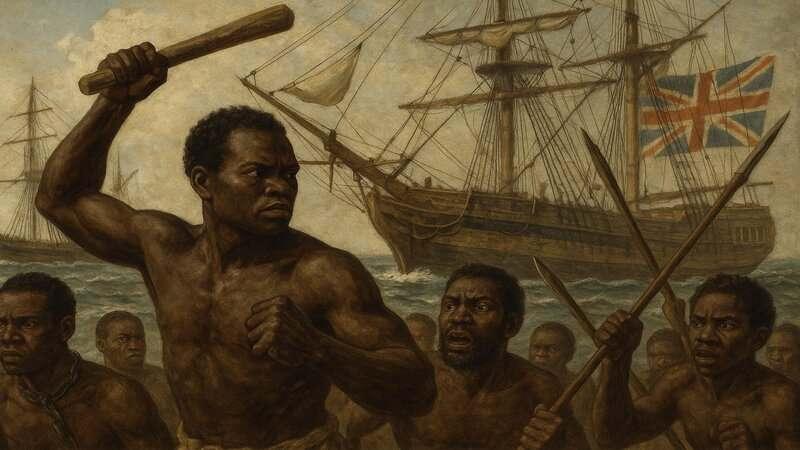1. The Middle Passage: Survival as Resistance

Even in the suffocating holds of slave ships, enslaved Africans defied their captors. Resistance took many forms—secret communication, sabotage of ship equipment, hunger strikes, and, most dramatically, open revolt. One powerful example was the 1839 Amistad mutiny, where captives overpowered their captors and seized control of the vessel. For some, suicide was a final act of defiance, denying enslavers their profit. Each act, whether survival or sabotage, challenged the dehumanizing system of the Middle Passage and sparked hope for freedom.


















